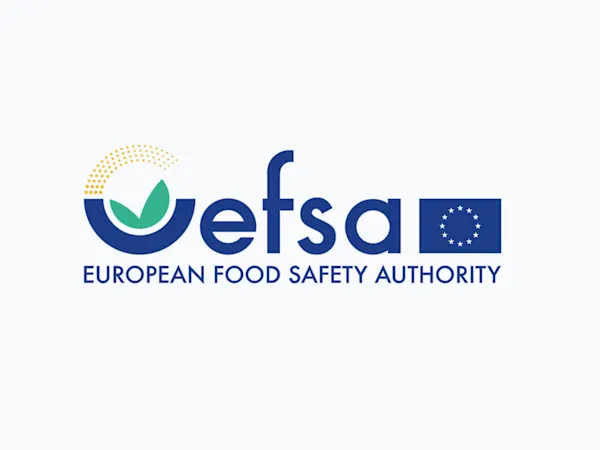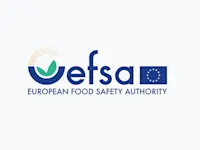
EFSA Seeks Feedback on Overhaul of Weight of Evidence and Biological Relevance Guidance
EFSA launches consultation on updating its Weight of Evidence and Biological Relevance guidance, aiming to streamline chemical risk assessment practices.


he European Commission has introduced new binding exposure limits for cobalt and its inorganic compounds, polycyclic aromatic hydrocarbons (PAHs), and 1,4-dioxane under the sixth revision of the Carcinogens, Mutagens and Reprotoxic substances Directive (CMRD). These changes, published on 18 July 2025, aim to prevent an estimated 1,700 lung cancer cases and 19,000 other illnesses across the EU over the next 40 years.
The policy shift will significantly impact companies operating in battery manufacturing, metalworking, pharmaceuticals, and other sectors reliant on these substances. Employers must align with the updated occupational exposure limits (OELs) within two years of the Directive’s entry into force—though transitional periods up to six years apply to certain industries.
Cobalt and its inorganic compounds—critical in electric vehicle batteries, magnets and hard metals—now face dual OELs: 0.01 mg/m³ (inhalable fraction) and 0.0025 mg/m³ (respirable fraction). A six-year transitional limit of 0.02 mg/m³ and 0.0042 mg/m³ applies, providing breathing space for adaptation.
PAHs, particularly those containing benzo[a]pyrene, are widely present in foundries, road paving and welding. The Commission has established a limit of 0.00007 mg/m³, with a transitional value of 0.00014 mg/m³ allowed for high-impact sectors such as aluminium and steel manufacturing.
1,4-dioxane, a solvent found in chemical processing and detergents, now carries an 8-hour exposure limit of 7.3 mg/m³ and a short-term ceiling of 73 mg/m³. A biological limit value has also been set: 45 mg of HEAA per gram of creatinine in urine.
Welding fumes have officially been added to Annex I of the CMRD. While not classified under the EU’s CLP Regulation, their inclusion follows IARC findings linking fumes to lung cancer. This regulatory shift mandates risk assessments and exposure controls where welding fumes may contain carcinogenic or reprotoxic substances such as chromium (VI) or cadmium.
The update affects not only manufacturers but also public authorities, occupational health professionals, and downstream users. With wide disparities in national OELs, the EU-wide limits will level the playing field while boosting legal clarity and enforcement efficiency.
Sector-wide, the changes also feed into broader goals—from Europe’s Beating Cancer Plan to the Green Deal—by incentivising substitution, safer practices and innovation in chemical use.
Foresight continuously tracks 1000s of sources and maps updates to your portfolio:




EFSA launches consultation on updating its Weight of Evidence and Biological Relevance guidance, aiming to streamline chemical risk assessment practices.

The Netherlands refines its list of potential ZZS chemicals to better align with EU assessments, boosting early detection and regulatory foresight.

Germany's CONMAR-Impact study sets new environmental quality standards for TNT in marine ecosystems, raising industry-wide compliance questions.
Subscribe to Foresight Weekly and get the latest insights on regulatory changes affecting chemical compliance.
Free forever. Unsubscribe anytime.
Read by professionals at